If you’ve ever visited Iran's historical cities, in particular Isfahan, you’ve probably been wowed by the blue tiles lining the mosques in the city. Deeply embedded in Isfahan’s history and culture, there are countless wonderful examples of beautiful blue tiles there.
Iran (IMNA) - Located at the crossroads of central Iran, Isfahan is a city of great historical importance. Inhabited since antiquity, the city was administered by a series of governors with Safavid rulers were the dominant ones. Given its position on overland trade routes, the city was mainly populated by merchants.
The Safavid period is a crucial turning point in the city's history as it propelled the movement of various artists and scientists to converge upon Isfahan and further laid the foundation for its transformation into a center of Islamic architectural practices.
Ceramic tiles are one of the oldest forms of decorative art which was predominately used during Safavid dynasty in Isfahan. Tile art is unbelievably durable and visually engaging; due to its sparking and lasting nature, tile is the leading choice for many historical art installations in Iran's Isfahan.
Together with architecture, they have been widely used in Islamic architecture due to their durability, technical properties, and visual specialness. Indeed, the history of ceramic tiles begins with the oldest civilizations in Iran.
Iranian architects used turquoise -glazed tiles to decorate the historical masterpieces, especially the religious buildings such as mosques.
If you’ve ever visited Iran's historical cities, in particular Isfahan, you’ve probably been wowed by the turquoise tiles lining the mosques in the city. Deeply embedded in Isfahan’s history and culture, there are countless wonderful examples of beautiful turquoise tiles there.
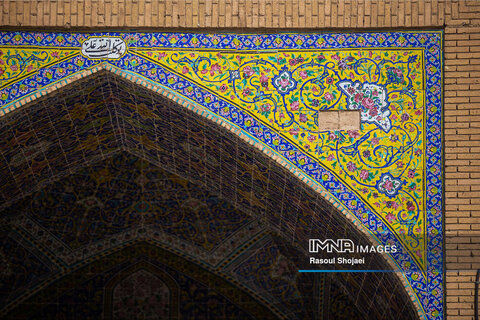
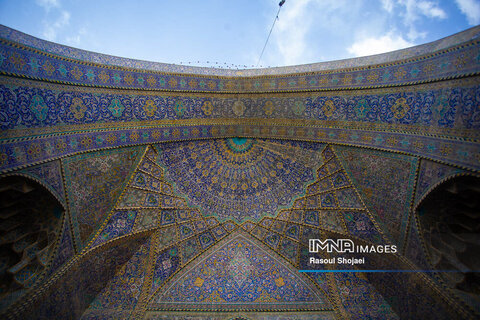
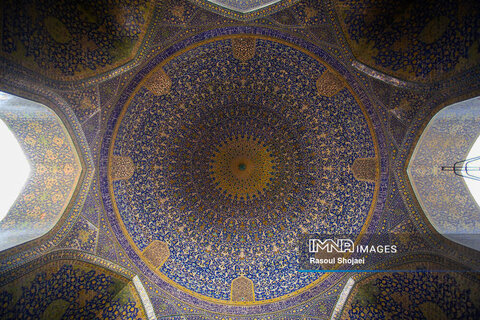
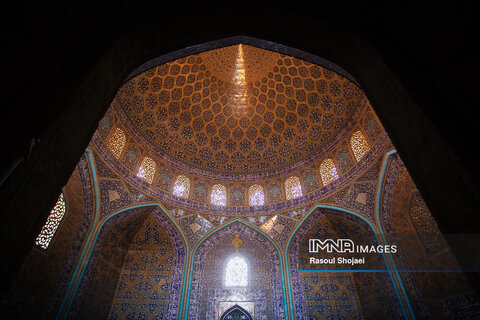
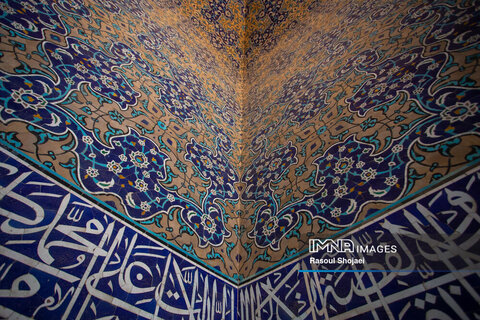
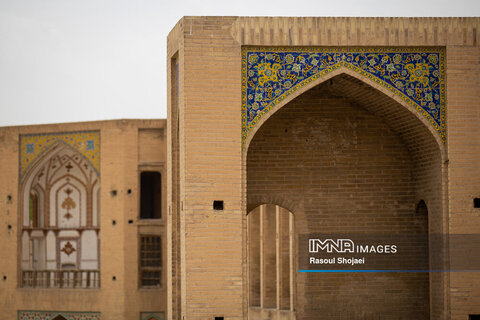
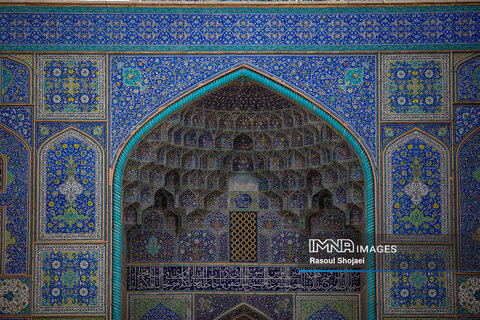
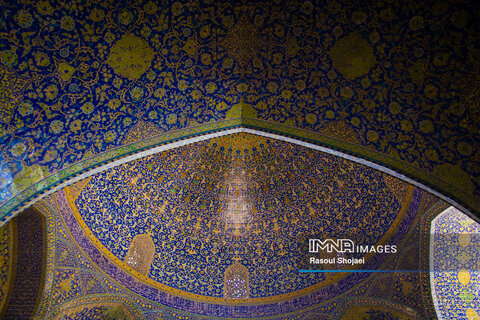
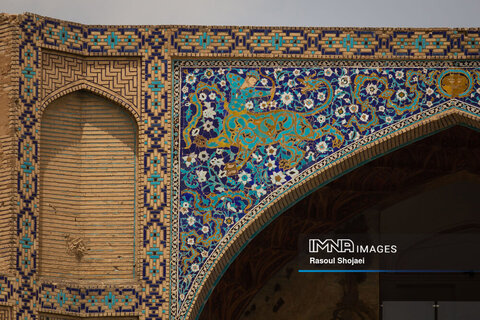
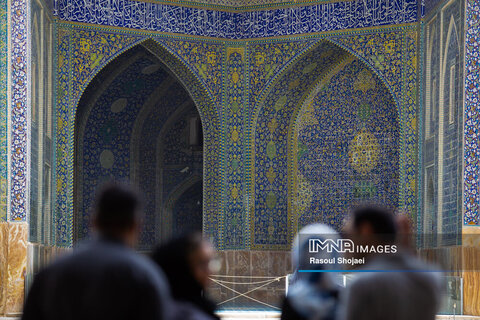
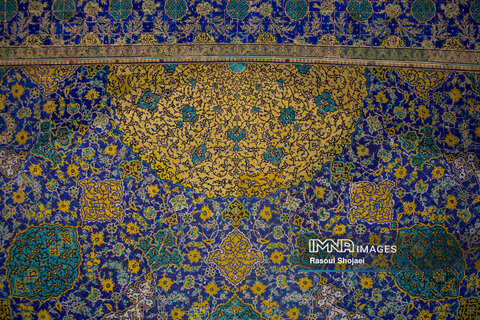
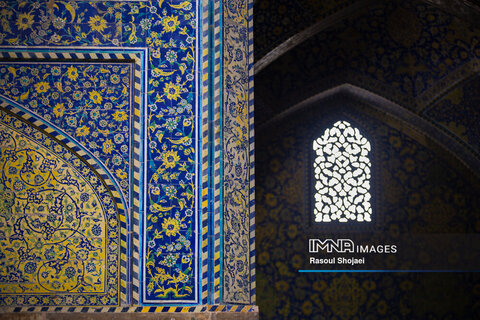
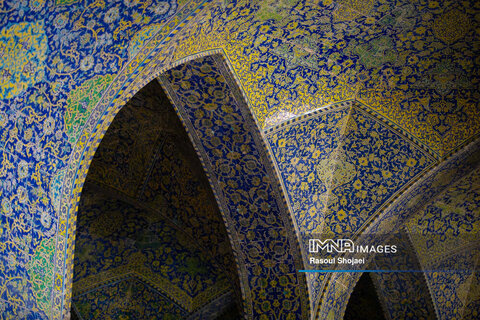
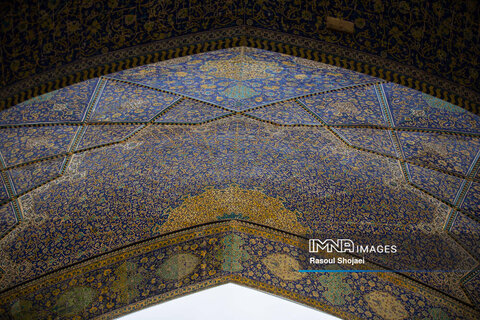
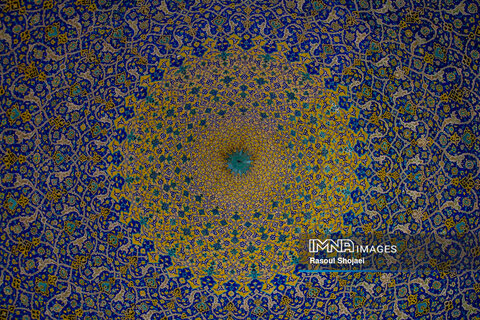
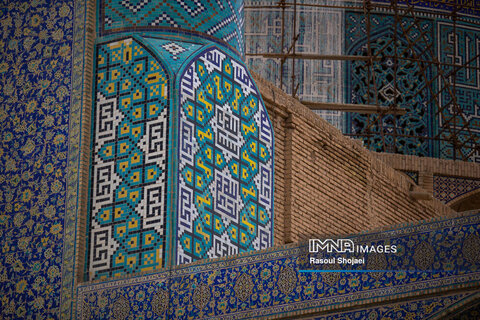
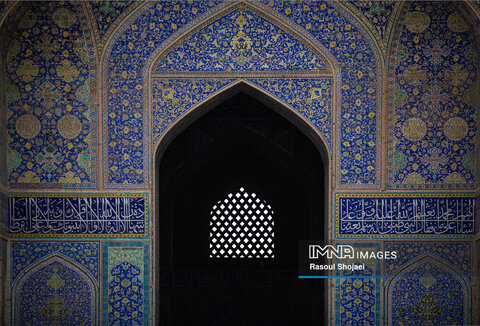
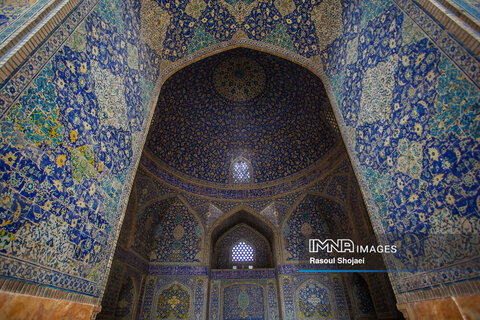

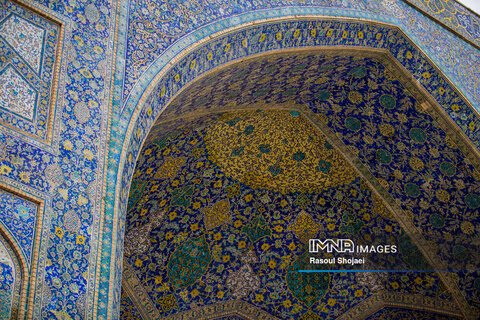
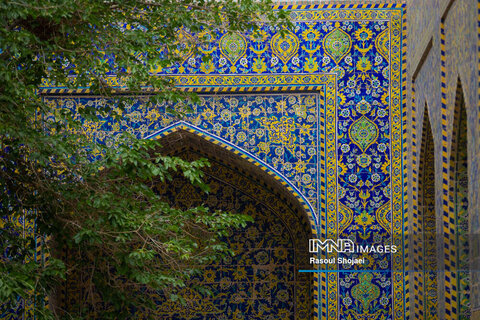
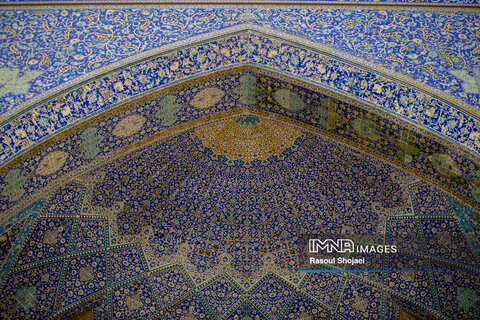
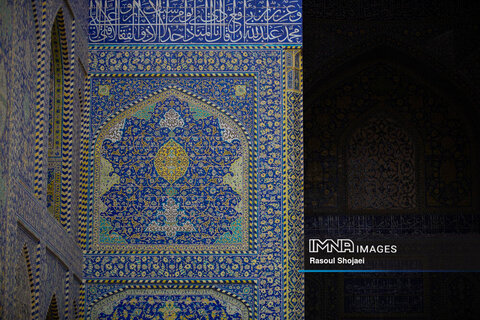
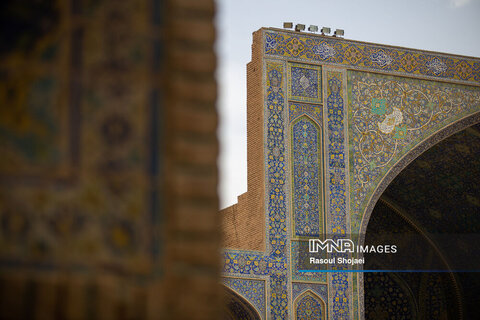
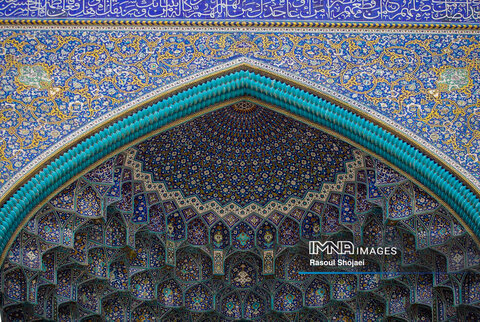
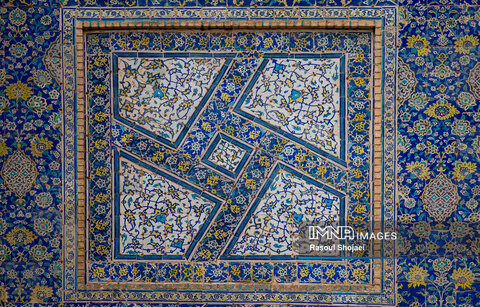
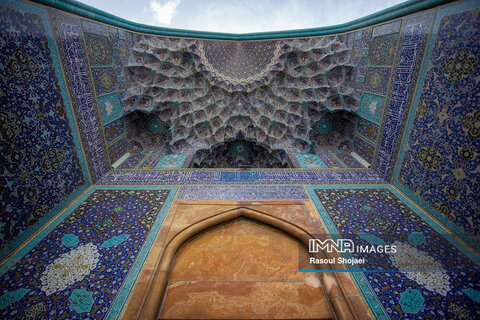

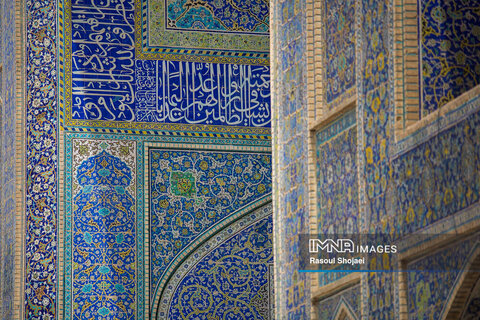
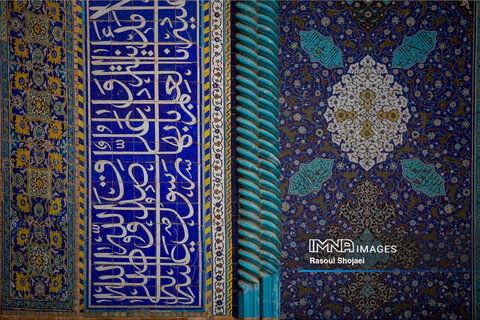
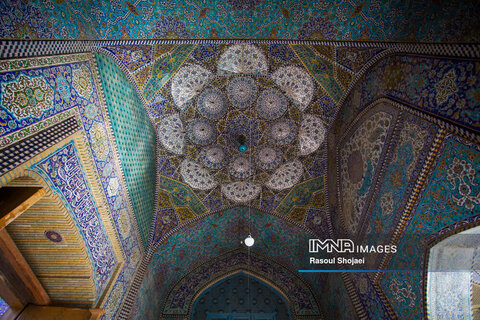
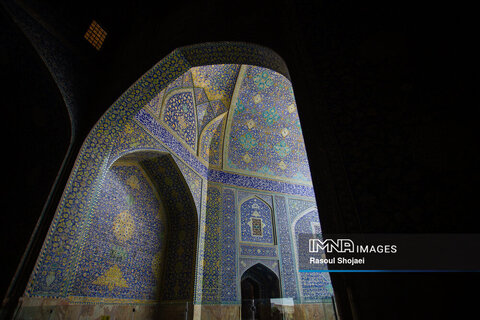
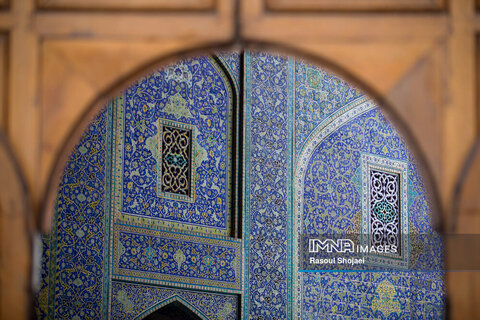
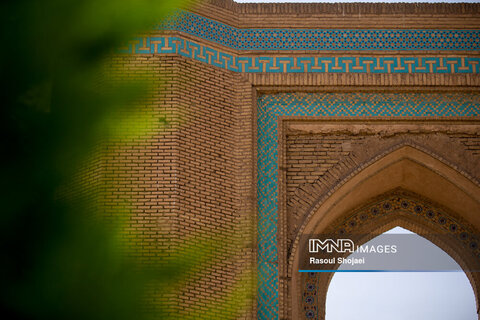
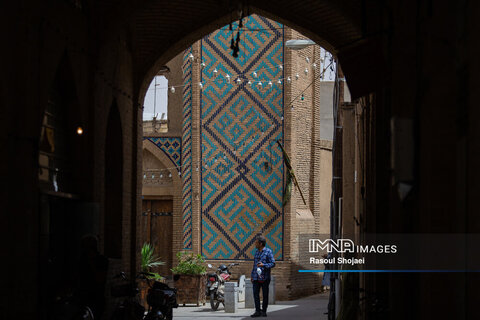
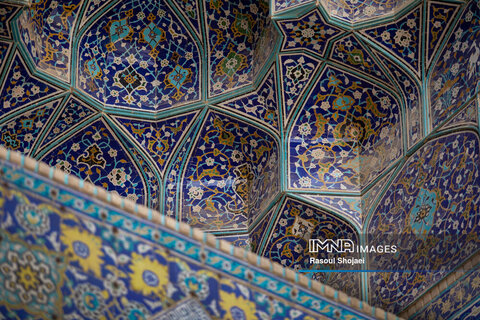
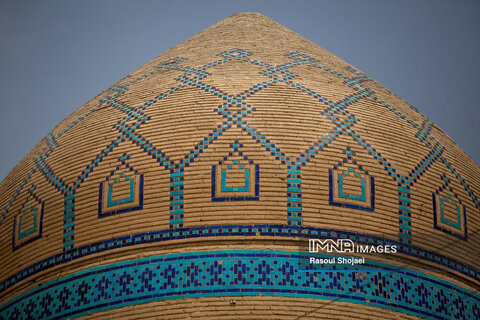
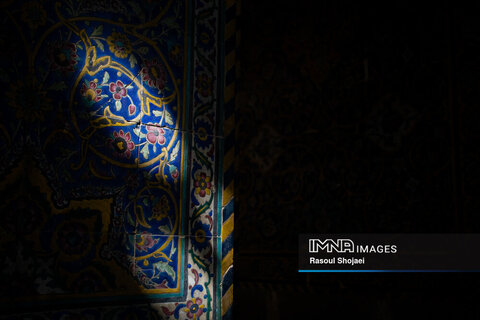
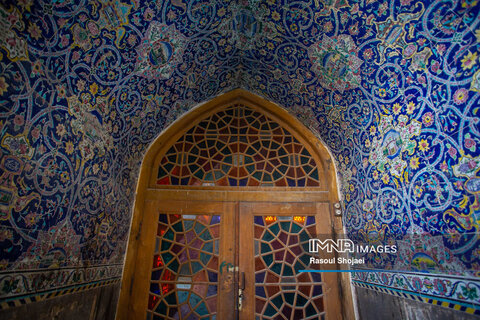
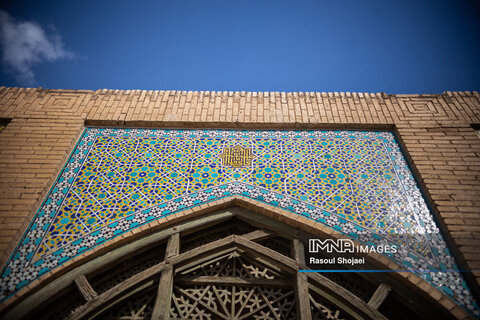
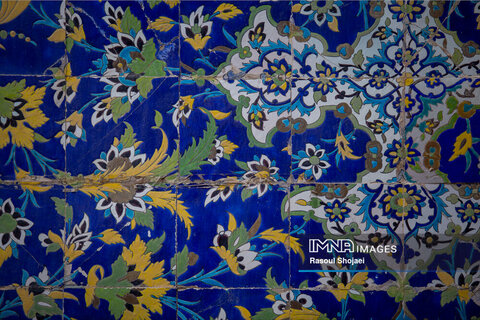
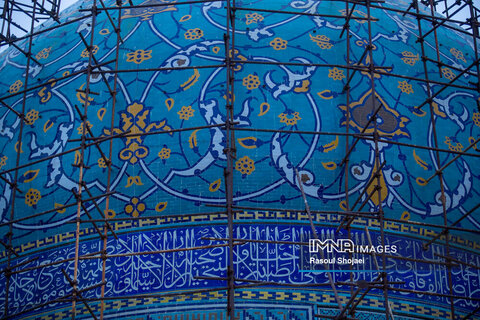
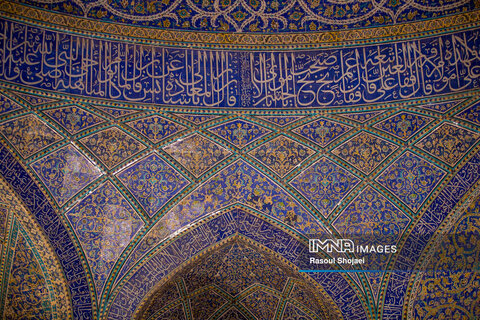
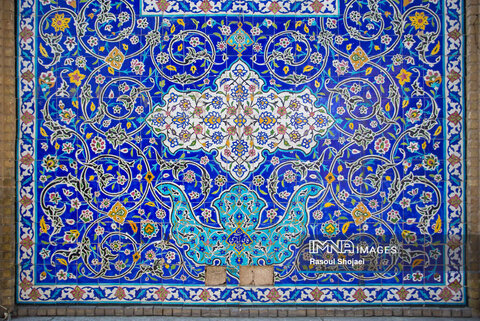
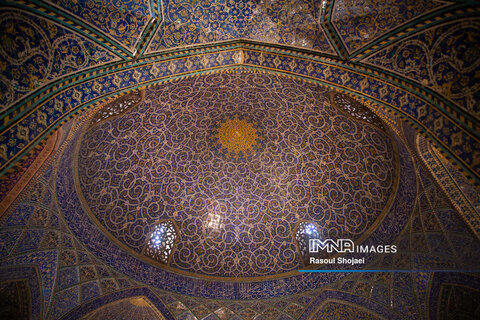
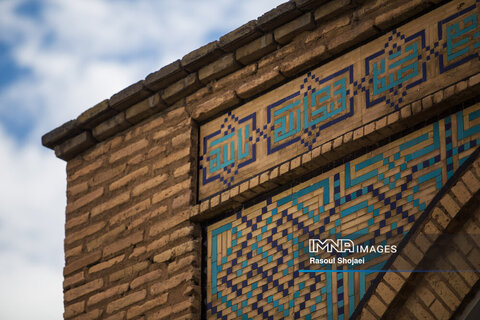
Your Comment